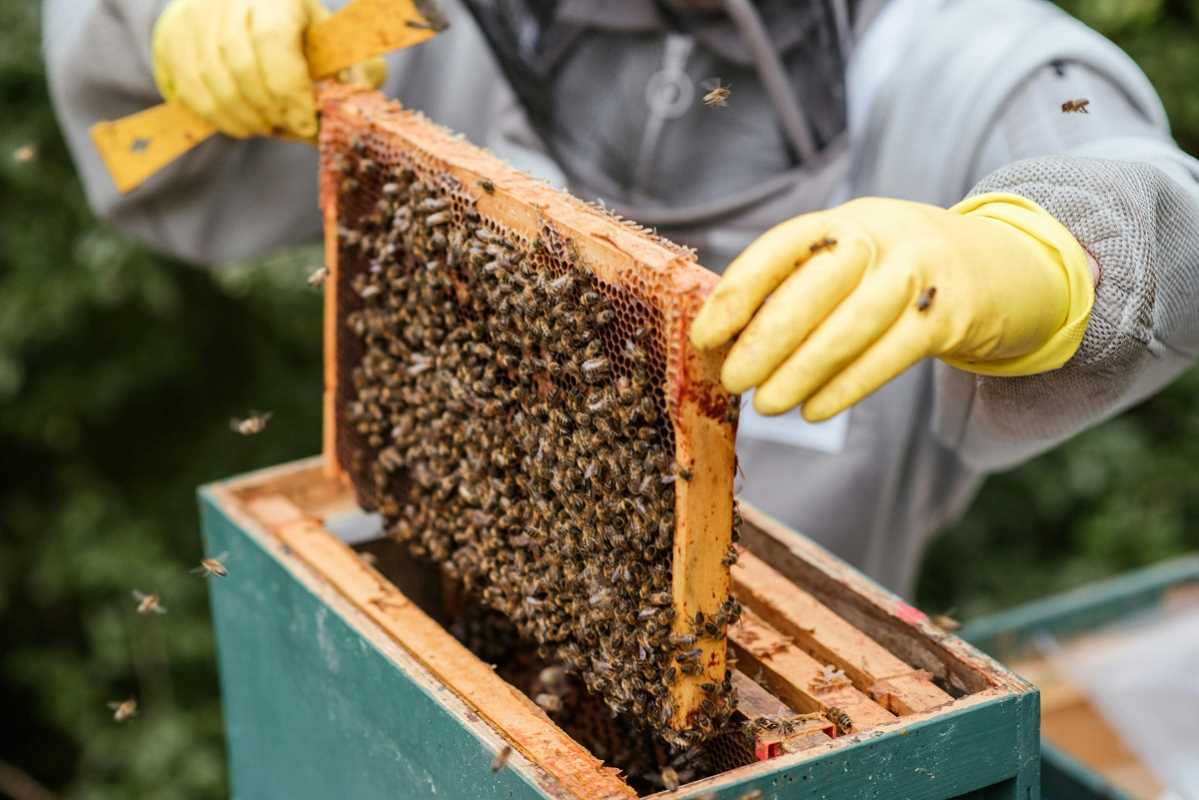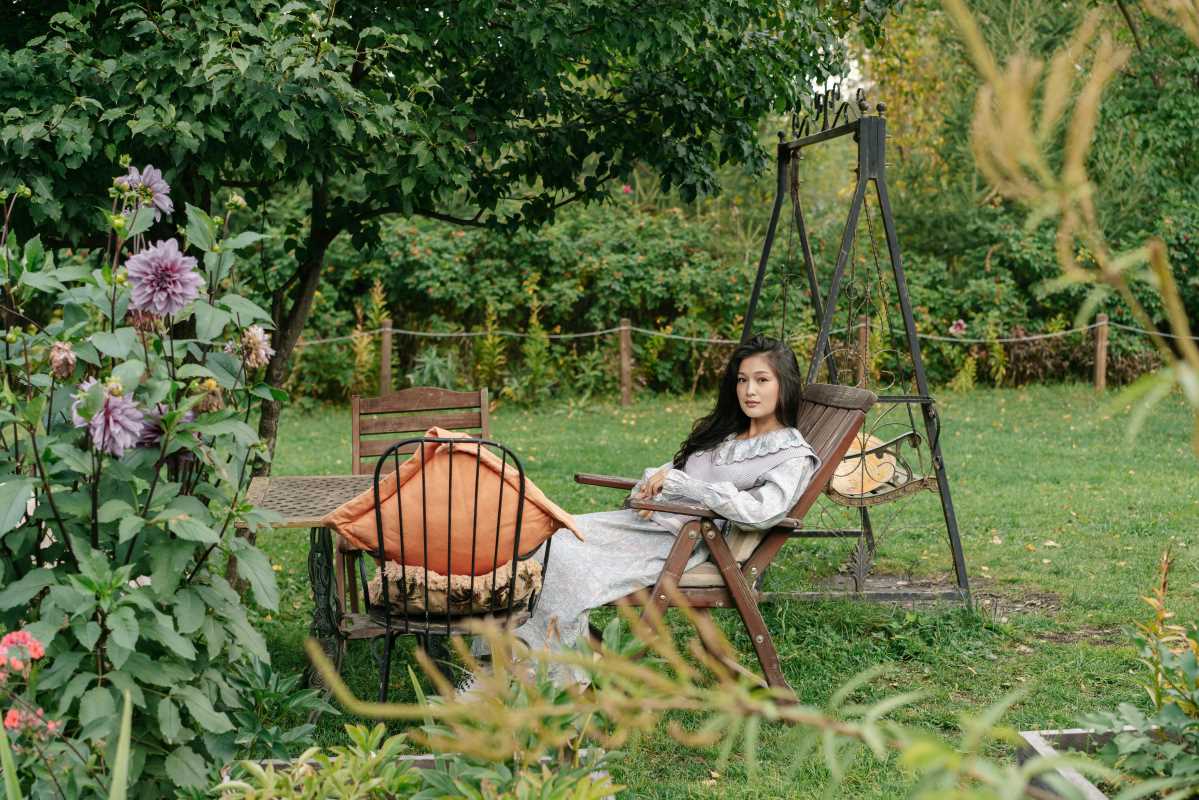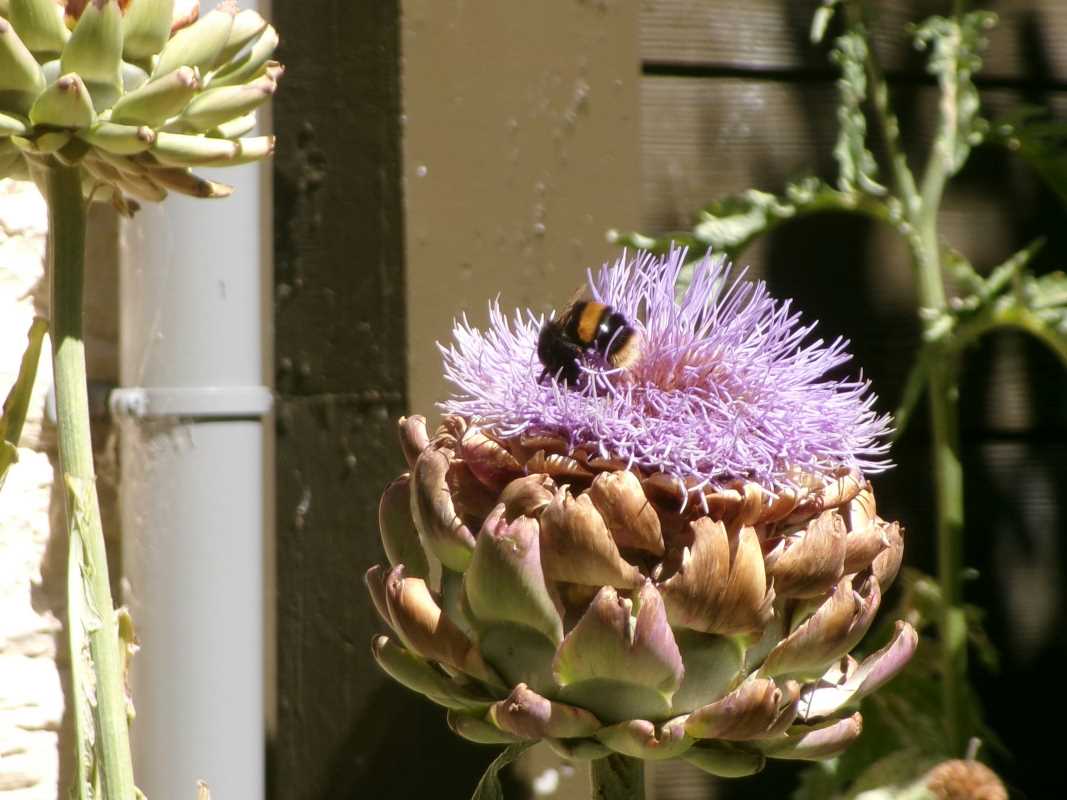Imagine your backyard buzzing with life, vibrant flowers swaying in the breeze, and the hum of bees hard at work producing golden honey. Beekeeping is not only a fulfilling hobby but also a vital way to support the environment, as bees play a crucial role in pollinating plants and maintaining biodiversity. If you’ve ever considered starting your own hive, this guide will walk you through everything you need to know to make informed, responsible, and successful choices.
From the basics of necessary equipment to understanding bee behavior and the challenges you may face, here’s your comprehensive look into beekeeping at home.
The Benefits of Beekeeping
Before we get into how to start, it’s worth exploring why beekeeping is an enriching and valuable undertaking.
Environmental Impact
Bees are indispensable pollinators, responsible for the reproduction of around 70% of crop species that feed 90% of the world. By keeping bees, you’re directly supporting pollinator populations, which have been declining due to habitat loss, pesticides, and climate change.
Personal Rewards
- Fresh Honey: There’s nothing quite like harvesting your own honey. Not only is it delicious, but it’s also free of additives or industrial processing.
- Beeswax and Byproducts: Beyond honey, bees provide beeswax, which you can use to make candles, wraps, and balms.
- Therapeutic Experience: Beekeeping can be calming and meditative, giving you a connection to nature that many find deeply fulfilling.
Community Contribution
Urban and suburban beekeeping can help enhance local ecosystems by increasing pollination for neighborhood gardens and farms, boosting fruit and vegetable production across the area.
Essential Beekeeping Equipment
Starting a beehive requires a small upfront investment in tools and supplies. Here’s what you’ll need to get started:
Hive Components
- Beehive Box: Also called a Langstroth hive, this is the standard structure with removable frames where bees build their wax combs. It consists of various parts:
- Deep Boxes/Brood Chambers for raising bees and storing honey.
- Honey Supers for surplus honey (what you’ll harvest).
- Bottom Board to form the hive’s foundation.
- Inner and Outer Covers to protect against the elements.
Tools and Supplies
- Bee Suit and Veil: Ensures full-body protection against stings while working with your hive.
- Smoker: Produces cool smoke to calm the bees, making them easier to handle.
- Hive Tool: A versatile tool for prying apart hive boxes and scraping wax.
- Gloves (optional): Protect your hands, though experienced beekeepers often go gloveless for better dexterity.
Feeding and Maintenance
- Sugar Syrup Feeder: Helps supplement bees’ diet during times when nectar is scarce.
- Queen Excluder (optional): A mesh sheet that prevents the queen from entering honey supers, helping you maintain distinct areas for brood and honey storage.
Choosing the Right Location for Your Hives
Location is key to successful beekeeping. Here are factors to consider when deciding where to place your hive(s):
Accessibility
- Choose a spot that’s easy for you to access, as you’ll need to inspect and maintain the hive regularly.
- Ensure you have space to move around the hive without disturbing plants or fences.
Sunlight
- Ideally, place hives where they’ll receive morning sunlight to encourage the bees to start foraging early.
- Partial afternoon shade can help keep the hive cooler in hot climates.
Wind Protection
- Position the hives in a sheltered area to protect them from strong winds, which can stress the bees and impact the hive’s temperature.
Water Source
- Bees need water for hydration and maintaining hive humidity. Provide a shallow water source nearby, such as a birdbath with rocks for the bees to land on.
Understanding Bee Behavior
To become a confident beekeeper, it’s important to learn about how bees operate as a colony.
The Structure of a Colony
- Queen: The sole egg-laying female, critical to the hive’s population stability.
- Workers (Female Bees): Gather nectar, build combs, care for the queen, and defend the hive.
- Drones (Male Bees): Exist primarily to mate with queens; they do not gather food or contribute to the hive’s maintenance.
Communication
Bees use complex methods to communicate, including the famous “waggle dance,” which guides worker bees to nectar-rich flowers.
Temperament
- Honeybees are generally docile, but they will sting if they feel their hive is threatened. Staying calm, using a smoker, and minimizing sudden movements can help maintain harmony while working around your hive.
Tips for Beginners
Starting off on the right foot can make all the difference between a thriving hive and a struggling one.
Sourcing Your Bees
- Packages of bees can be ordered from beekeeping suppliers, typically including 10,000 bees and a mated queen.
- Nucleus Colonies (Nucs) are small starter hives already established with bees, combs, and some stored honey. These tend to be easier for beginners.
Inspect the Hive Regularly
Plan to inspect your hive every 7–10 days to:
- Check for brood (eggs, larvae, and pupae).
- Ensure the queen is active and laying eggs.
- Look for signs of pests or diseases.
Feed Your Bees (When Needed)
Bees may need supplemental feeding during cold weather or early spring when nectar is scarce. Use sugar water in a feeder, but make sure to phase it out as floral blooms increase.
Common Challenges (and How to Tackle Them)
Pests
- Varroa Mites are small parasites that can devastate colonies. Regular monitoring and mite treatments are essential.
- Small Hive Beetles and Wax Moths can damage combs or honey. Keeping the hive strong and maintaining cleanliness are the best preventative measures.
Diseases
Learn to identify symptoms of common ailments like American Foulbrood or Nosema and report any outbreaks to local beekeeping associations.
Swarming
Swarming happens when bees grow crowded and the queen leaves with part of the colony to find a new home. Prevent swarming by adding extra honey supers to provide space and splitting the hive when populations grow.
Beekeeping Responsibly
Beekeeping is not just a hobby; it’s also a responsibility. Here’s how to ensure you’re supporting your bees and the environment:
Use Safe Practices
- Avoid chemicals or pesticides near your hive that could harm the bees or contaminate the honey.
Support Native Pollinators
- Plant bee-friendly flowers and shrubs, even if they’re not for your honeybees. This helps support a diverse range of pollinators.
Educate Yourself
- Join a local beekeeping association or take a workshop to build your knowledge base. Connecting with experienced beekeepers can help form a support network for troubleshooting and sharing tips.
 (Image via
(Image via





